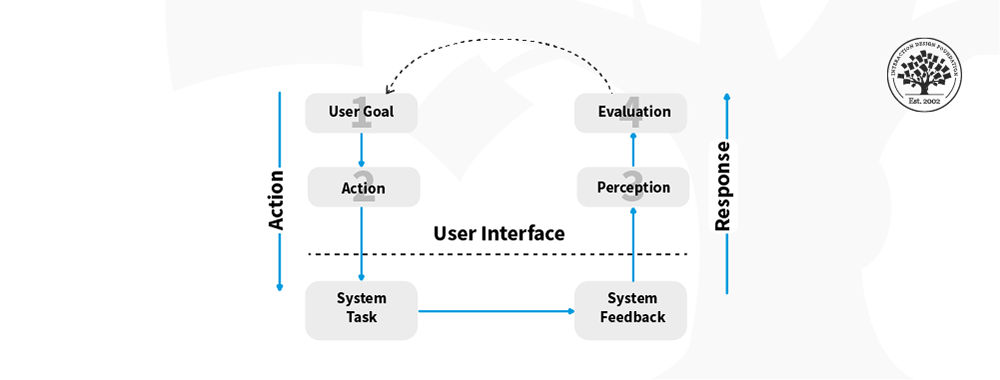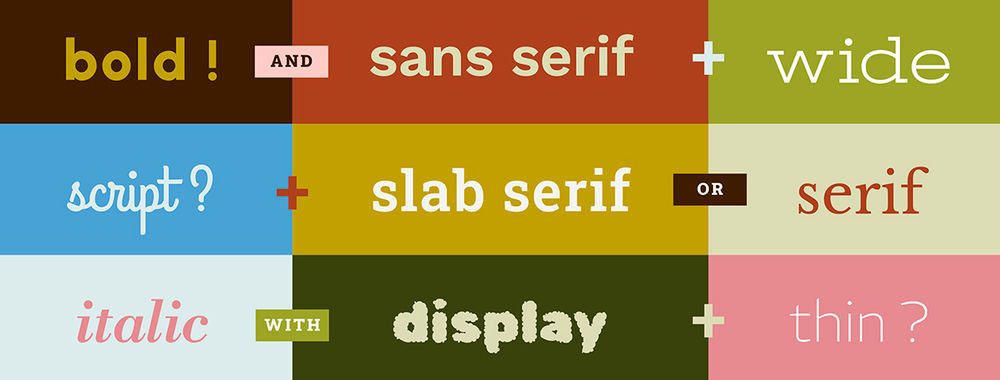Have you ever been confounded by inexplicable error messages? Designers and developers often overlook error handling and user mistake management when building websites and mobile applications. This leads to the all too familiar frustration and poor user experience. Here you’ll learn about two types of human errors—slips and mistakes—and how to deal with them.
One famous online retailer had a spate of error messages at the end of the checkout process. These gave the impression that the checkout had not been completed when in fact it was only the “order complete” page that was failing. Happily, users were presented with a “duplicate order” message if they tried to check out again.
This example was of a technical nature, or at least a human error on the part of a developer. But what happens when users misunderstand what they need to do or accidentally click the wrong item on the screen? HCI Professor Alan Dix picks up the story…
Show
Hide
video transcript
- Transcript loading…
The Take Away
Most modern systems are designed with built-in error-prevention mechanisms, but this is often not the case for websites and mobile applications. No human is perfect, so we’re prone to error. When systems aren’t designed to deal with human error, we end up exasperated and annoyed.
The two types of human errors are slips and mistakes. A slip occurs when a person's intended goal is correct, but something goes wrong in the execution. A mistake occurs when the goal is incorrect, either due to a lack of understanding of the system or a misinterpretation of the system itself. To fix these errors, we need to test and apply different strategies. For slips, designers should focus on low-level interface solutions, whereas for mistakes, designers should improve the system's underlying structure and feedback.
References and Where to Learn More
Hero image: © Interaction Design Foundation, CC BY-SA 4.0











